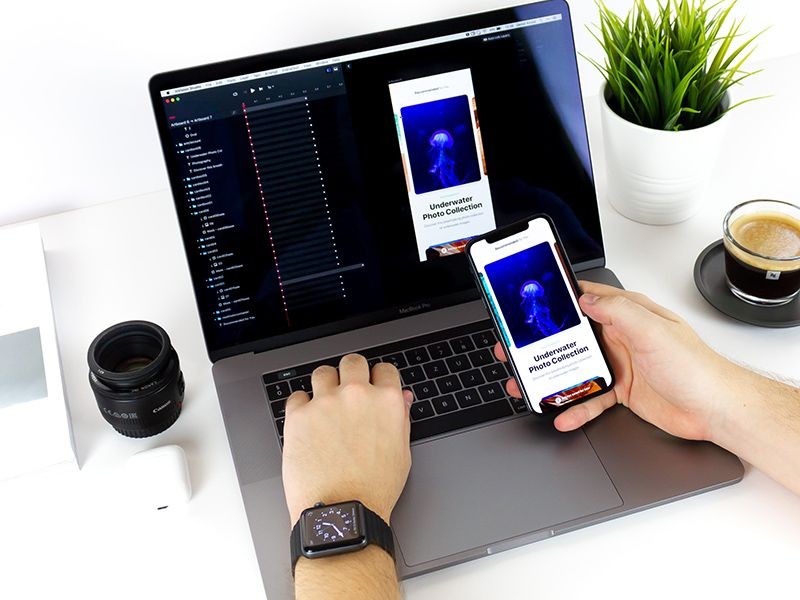Let us consider a company making mobile apps that worked hard to make a new app, a software company making a new product or a web app, a web development company making a new website or all of these companies adding a new feature to their existing product(s) and/or product line.
Let us now suppose that the feature vibed in perfectly with what their users and target audience needed, so it’s a win-win situation. Now let us assume that the features were not what the audience expected and are not a win-win situation. For the firms, it’s something of a concern because the product needs a whole re-work all over again before it can be released into the market.
The reality is that when a company creates something, it becomes quite familiar with it because it knows it and spent time making it as what seemed to be something quite fit for the market. This leads to the point that the firm making its beloved product may not be able to see the downsides in it, turning the product into a spoilt child.
Just because the company and its product development team find the product to be intuitive as per their sense of perfection does not necessarily indicate that the firm’s target audience feels the same way. The only way to fix this is usability testing and it helps bridge the gap between developers and the audience members.
Usability Testing – what is it?
Usability testing is the evaluation of a product based on the way a sample group of users interacts with it. Utilizing hands-on testing, product developers and marketing team members can get a better understanding of the user experience (UX) through the target audience’s perspective who do not know anything about the product or do not know much about it.
The usability test begins with researchers and marketers recruiting a group of people who can represent a product’s target market. Afterward, a facilitator leads the group through a series of tasks that are hands-on under conditions that are controlled, whilst they are being observed by a researcher taking notes (hire app developer).
The researcher asks the group a series of questions, notes where problems or issues are rising, and takes note of the way the user experiences the product.
In short, from this point, the term product will be used as a sort of a term referring to apps, websites, and other products requiring a hands-on approach that benefit widely from usability testing.
What is the purpose of usability testing?
When a firm has a team that works hard to make a product from start to finish, they develop an understanding (a deep one) of what it is intended to do and how it can work. In simple words, they may not be at fault, but detecting faults in the product is hard as it is not within everyone’s reach to do so.
The user on the other end comes in with no earlier understanding of the product, the value proposition it has and the purpose of it, along with how to use the wide array of functions it has in its arsenal.
The feedback gathered during usability testing is then used to make a prioritized list of needed and recommended amendments. They are intended to improve the user experience of the product on a whole new level.
In what ways is all this handy? Mobile app development professionals have identified the following points as helpful, thanks to usability testing:
- Whether or not people can easily complete tasks (such as finding and executing a specific function).
- How long does it take for completing certain tasks and objectives?
- Any bugs, or performance issues that the in-house team was not able to detect?
- Any points of confusion about the functionality of the app’s interface?
- How effective are the calls to action, in terms of drawing users to download the app?
By aiding a firm to analyze the way people use a product, usability testing ensures that when a product is released, a new feature is added or an update is added that real users in the target audience can easily navigate and find valuable, a lot of time is saved and prevented from fixing a product all over again.










